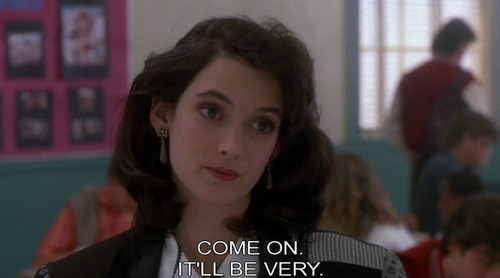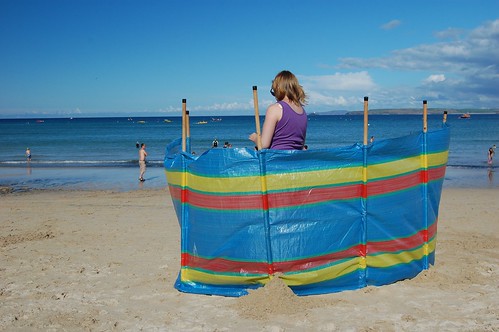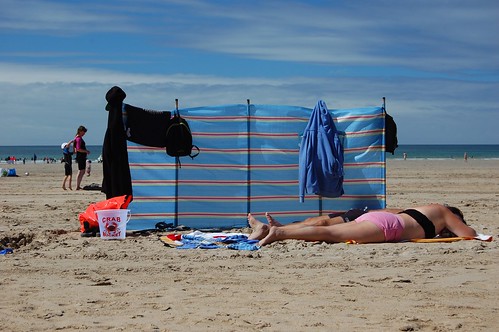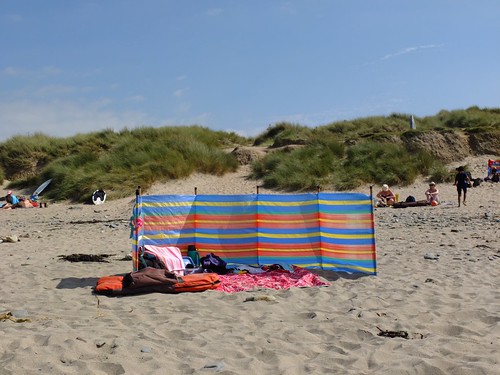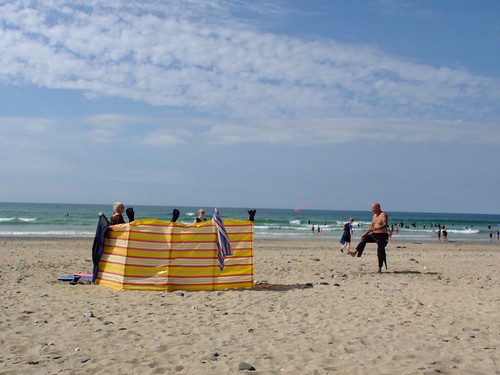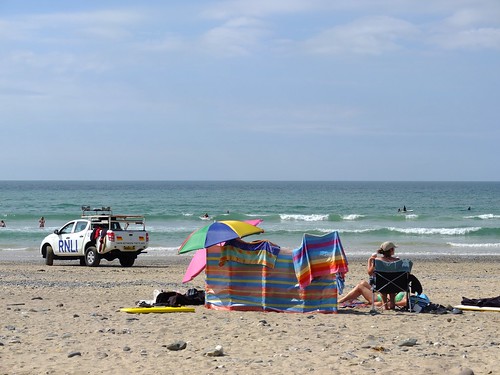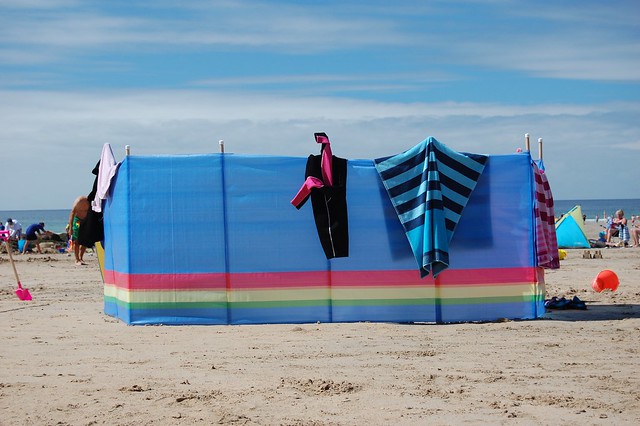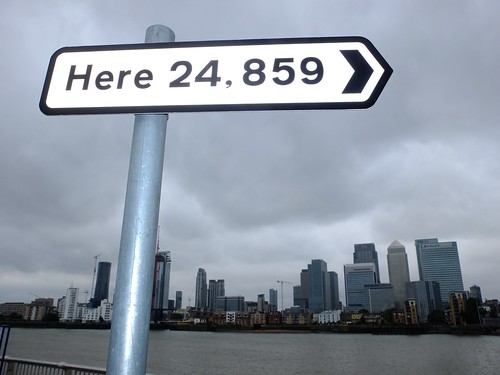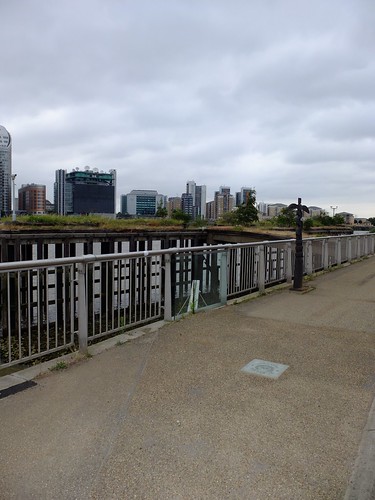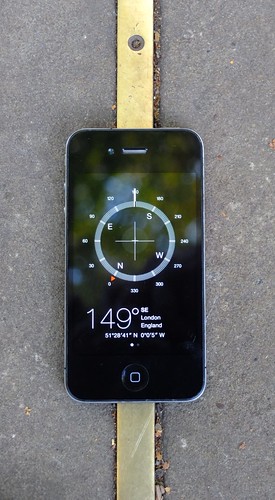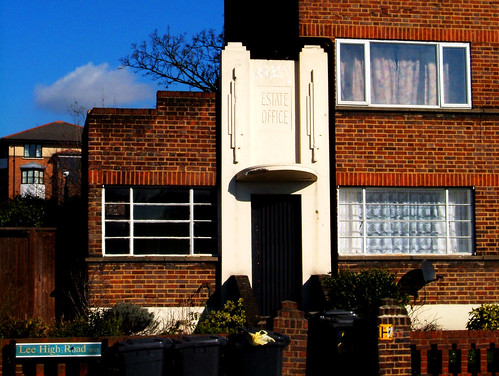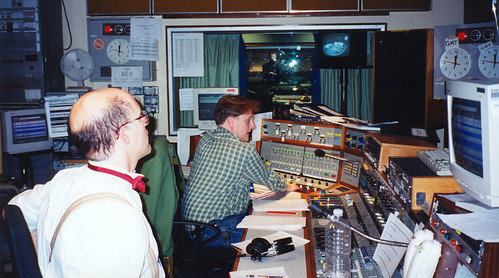After 22 years working in BBC radio, a few years ago I retrained as a teacher, and this morning I started to think about how teachers and schools have been portrayed in the movies over the years, and how this might have influenced my career choice. This is a very much a personal rather than definitive list – lots of classics are missing. There’s no Goodbye Mr Chips, no To Sir With Love, no Dead Poets Society, not even a Harry Potter. What else did I miss?
(Plot summaries from the City of Bristol’s best web site, IMDb)
10. The School of Rock (2003)
After being kicked out of a rock band, Dewey Finn becomes a substitute teacher of a strict elementary private school, only to try and turn it into a rock band.
(And yes apparently it did originally have The Definitive Article in its title). I actually only saw this relatively recently, being constantly nagged by my children to watch it. It didn’t disappoint, Jack Black at his feel-good best. And having worked as a supply teacher for a year, it was probably even better that I waited before watching it.
9. Sing Street (2016)
A boy growing up in Dublin during the 1980s escapes his strained family life by starting a band to impress the mysterious girl he likes.
John Carney’s beautiful, personal film about a boy trying to start a band in 1980s Dublin owes more to The School of Rock or even Son of Rambow than the possibly more obvious The Commitments. Some found the ending a bit much, but I loved it loved it loved it. Highly recommended.
8. The Belles of St Trinian’s (1954)
These schoolgirls are more interested in racing forms than books as they try to get-rich-quick.
With a cast like Alastair Sim, Joyce Grenfell and George Cole it could hardly go wrong, the latter foreshadowing his TV role as Arthur Daley by 30 years or so. This probably would have been better viewing on the eve of starting work in a girls’ school than the one I actually picked (see No.6 below).
7. Donnie Darko (2001)
A troubled teenager is plagued by visions of a large bunny rabbit that manipulates him to commit a series of crimes, after narrowly escaping a bizarre accident. (IMDb you truly are spoiling us with this synopsis).
Personally I find this film kind of funny, I find it kind of sad. Ok, not strictly a school film, but surely anyone who ever studied Eng Lit at school (and that’s all of us) had a teacher at some point who reminds you slightly of Drew Barrymore’s young rebellious teacher with her ‘cellar door’. Or perhaps you are that teacher? And frankly, sometimes I doubt your commitment to Sparkle Motion…
6. The Falling (2014)
It’s 1969 at a strict English girls’ school where charismatic Abbie and intense and troubled Lydia are best friends. After a tragedy occurs at the school, a mysterious fainting epidemic breaks out threatening the stability of all involved.
What was I thinking, watching this the night before I started working in a girls’ school? More to the point, what the hell was writer/director Carol Morley thinking with that ending? I won’t spoil it, but this extraordinarily lyrical, poetic, ambiguous film is sharply undercut with a really, really, really disturbing ending that I find… deeply troublesome. I didn’t sleep well that night. Nor much ever since.
5. The Awakening (2011)
In 1921, England is overwhelmed by the loss and grief of World War I. Hoax exposer Florence Cathcart visits a boarding school to explain sightings of a child ghost. Everything she believes unravels as the ‘missing’ begin to show themselves.
Neglected, under-rated BBC film starring Rebecca Hall, Dominic West and Imelda Staunton. Ok, I admit I will watch anything Rebecca Hall appears in, but I love this film, a cracking ghost story with a twist that I found impressive, after an oppressive, suspenseful journey. I rate it higher than the much-lauded The Falling. Literally, it’s one better.
4. The History Boys (2006)
An unruly class of gifted and charming teenage boys are taught by two eccentric and innovative teachers, as their headmaster pushes for them all to get accepted into Oxford or Cambridge.
A highly personal choice. This adaptation of Alan Bennett’s play may be a bit too stagey for the screen, but I love this because at the same time as this film is set I was doing ‘third year 6th form’, being crammed (pointlessly, as it happened) for Oxbridge by some glorious eccentrics who spookily resemble the teachers in this film. With literally the same soundtrack playing on the cassette player in the Junior Common Room. Perfectly encapsulates 3 months of my life in the 1980s.
3. An Education (2009)
A coming-of-age story about a teenage girl in 1960s suburban London, and how her life changes with the arrival of a playboy nearly twice her age.
Again, not strictly a school film, but as a sucker for a coming of age film, I love this – and I feel the title allows me to add it to this list. It’s linked in cast member Dominic Cooper to the previous film, and thematically makes a great companion piece to the next film on my list. Plus, you know, it has Carey Mulligan in her best role since Blink and it ensured that Doctor Who would never be able to afford her again.
2. The Prime of Miss Jean Brodie (1969)
A headstrong young teacher in a private school in 1930s Edinburgh ignores the curriculum and influences her impressionable 12 year old charges with her over-romanticized world view.
Maggie Smith’s performance in this superb adaptation of Muriel Spark’s novel, is surely one of the greatest screen teachers of all time, a rebel whose refusal to stick to the scheme of work has tragic consequences.
1. Heathers (1988)
In order to get out of the snobby clique that is destroying her good-girl reputation, an intelligent teen teams up with a dark sociopath in a plot to kill the cool kids.
I admit this probably isn’t a better film than No.2, but I think Heathers is under-rated and an utter (if dark) joy. I saw first saw this in the early 90s, then saw it again recently. It was a completely different film on each viewing, but each one was wonderful. Winona Ryder is cool as, It is peppered with memorable lines, and has become almost timeless by its clever invention of a fake 1980s youth slang. Do watch it. Come on! It’ll be VERY.

